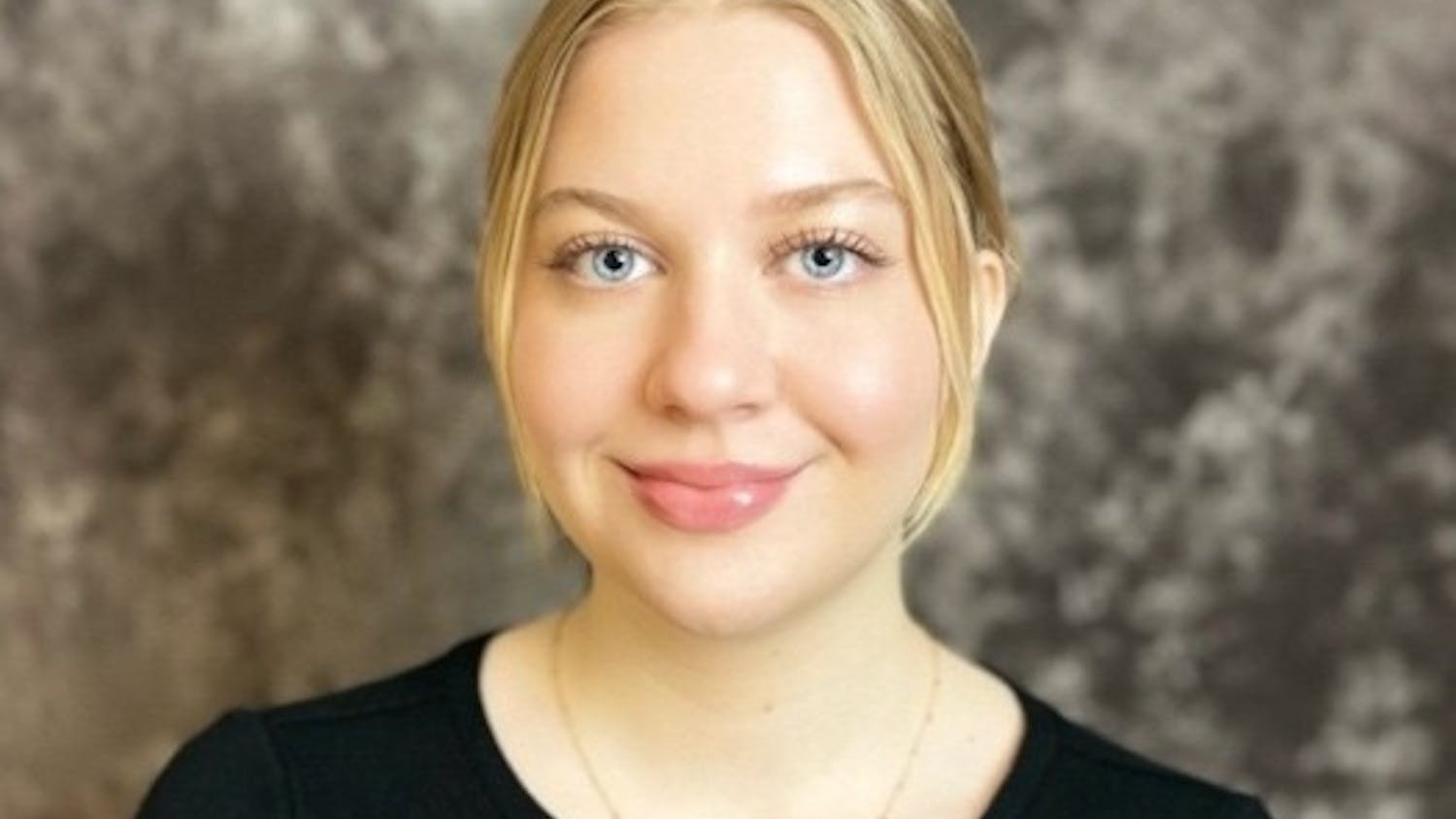The key to success at a Mid-Major program is consistency, stability and experience.
On Saturday, I attended the Bulls annual Blue-White spring game at UB Stadium. It was a good game, both the offense and defense had their moments and the structure of the game – 20 plays in the first two quarters, 15 plays in the last two quarters – made the game quick and enjoyable.
After watching the team move the ball around for an hour, I came away with one conclusion: The production and stability of the offensive and defensive lines will determine whether the Leipold era is one of success or one of failure.
The biggest challenge new head coach Lance Leipold has to figure out entering next season is the missing pieces of the offensive and defensive lines.
The quarterback is the most important position in football. But after that, the most valuable people on the field are the people who protect and pursue the quarterback. The best teams on the college level have stalemate offensive lines and terrorizing defensive lines.
The Bulls have to replace three starters from an offensive line that was one of the more experienced units in the Mid-American Conference last season. The most experienced player on the line has just 11 starts under his belt. Seniors John Kling and Robert Blodgett will return, but it’s uncertain who will fill in the left side of the line.
Last season’s experienced offensive line propelled Joe Licata to one of the best seasons from a quarterback in the MAC and allowed Anthone Taylor to finish third in the conference in rushing yards and touchdowns.
The offensive line units did a good job of opening up holes for running backs in the spring game Saturday despite totating various offensive linemen in and out of the game. Regardless of who was in the backfield, they had an opportunity to gain yards.
The pass blocking was a different story.
The defensive line created some havoc on the offensive line, creating pressure and getting into the backfield. In total, the Bulls defense had five sacks and eight tackles for losses, most of which were on passing plays. It wasn’t a good look for the offensive line when having to create time for senior and junior quarterbacks Tony Daniel and Collin Michael.
On the other side, the defensive line is going through much of the same rebuilding process. Tedroy Lynch, Kendall Roberson and Kristjan Sokoli are all gone, leaving the Bulls will only a handful of players with experience at the college level. Juniors Brandon Crawford and Max Perisse return and so does sophomore Chris Ford.
Outside of that, the team is hoping transitional players from the Quinn era and the recruited talent (Buffalo brought in five defensive line recruits this year) could help generate a pass rush in 2015 that mimics last year’s success.
Unlike the offensive line, the defensive line looked great and I have a small tinge of optimism for them heading into the 2015 season.
Again, it’s tough to take away anything from a game where the coach called the play calling “generic” afterward. But the Bulls were getting pressure, forcing some bad throws and getting in the backfield, all three vital to a strong defensive line. Sacks are the main stat we use to evaluate a defense, but it’s pressures, hurries and quarterback hits that are the unsung statistics that determines a unit’s success.
It’s also critical for a rebuilding team to get production from unproven talent, especially a program that struggles to recruit All-Americans. Four of the five sacks in yesterday’s game were earned by underclassman, highlighted by freshman defensive end Randy Anyanwu’s two sacks and two tackles for losses.
Having freshman that can hold their own is beneficial because those freshmen will enter their sophomore seasons with more game experience. The more game experience a player can accrue in his first two seasons, the better. Even in a smaller role, having underclassmen play well can help the program create depth at a position and turn it into a position of strength.
There were many things to look at and like in the first spring game of the Leipold era. You not only have a quarterback for this year, but a quarterback for next year in Michael when Licata graduates. The running back position is loaded for years to come and the use of the multiple pro style offense will create mismatches for the future of the program.
I believe Leipold and his coaching staff will eventually find his best five offensive linemen and will create the best rotation of defensive lineman. If he does, there’s potential to have a decent 2016 season, thanks to the talent that’s coming back. If he doesn’t, then he’ll go into next year looking for both and that could be a problem.
Quentin Haynes is a sports editor and can be reached at quentin.haynes@ubspectrum.com





